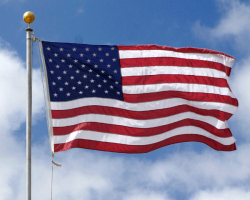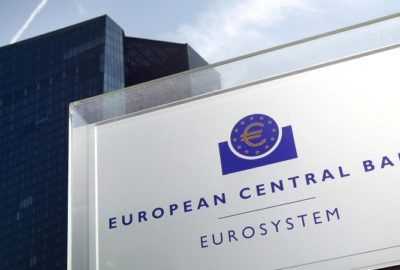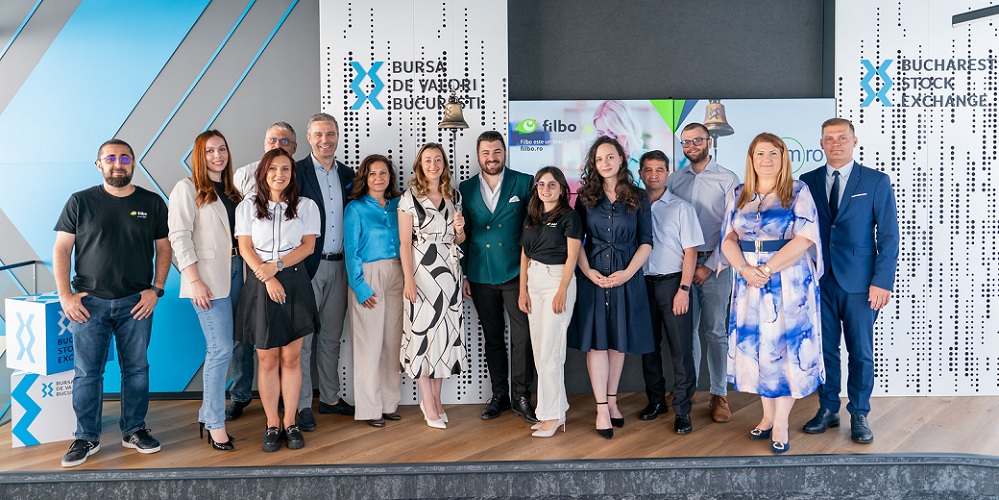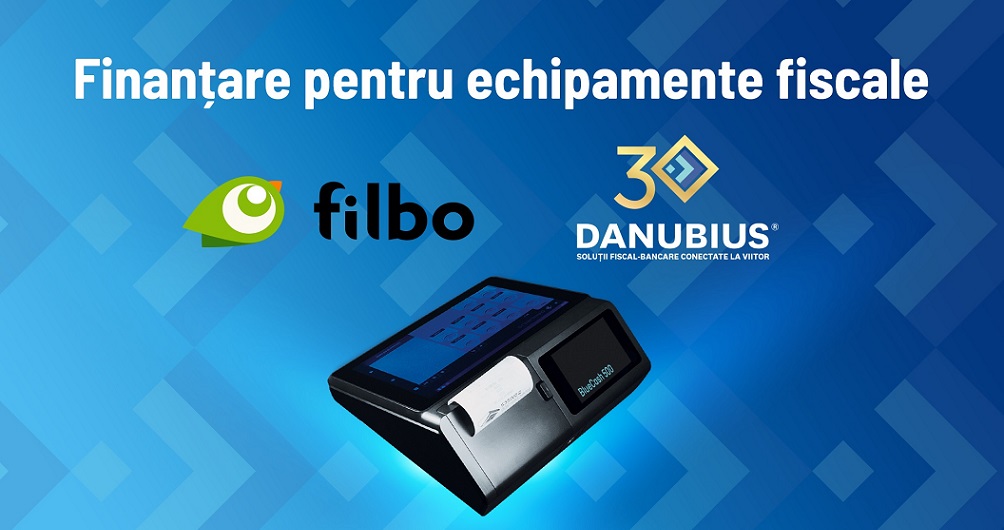Noncash payment trends in USA – Fed study shows shift to e-payments
 The 2010 Federal Reserve Payments Study reveals in greater detail increasing adoption of electronic alternatives for payments in the United States by consumers, businesses and governments. The study examined payments made between 2006 and 2009.
The 2010 Federal Reserve Payments Study reveals in greater detail increasing adoption of electronic alternatives for payments in the United States by consumers, businesses and governments. The study examined payments made between 2006 and 2009.Much of the growth in debit card payments was due to increases in purchases for small dollar amounts; for example, the report reveals that 64 percent of all signature debit card transactions are now for amounts under $25. General purpose credit cards, with 44 percent being under $25, are also used for small dollar purchases. Study results showed that card usage varied by dollar amount. Nearly 50 percent of all card payments under $15 are made with signature debit cards, while 41 percent of all card payments over $25 are made with general purpose credit cards.
„The study reveals that we continue to experience extraordinary changes in the utilization of payment instruments as this nation’s propensity for all things electronic continues to grow,” notes Richard Oliver, executive vice president of the Federal Reserve Bank of Atlanta, which sponsored the study.
Today’s report also reveals a number of details about check usage. The report notes that during the 2009 calendar year, remittance checks — those written to pay bills – comprised over half of all checks written. Other findings include:
• Approximately 60 percent of remittance checks are written by consumers to businesses. The remaining 40 percent are business-to-business checks.
• Consumer-to-consumer checks have the highest average value of all consumer check types at $472, compared with consumer-to-business remittance checks with an average of $400.
• Nearly 80 percent of checks are written for less than $500.
• Of the approximately 18 billion checks cleared between banks, over 92 percent were cleared using electronic images in place of paper.
The study also estimates that 4.5 billion accc.5 billion account statements were issued annually on checkable deposit accounts. Details regarding various statement types include the following:
• Nearly 50 percent of paper statements, the most common form, contained only itemized listings of transactions, without the enclosure of printed images of checks or the checks themselves.
• Fully electronic statements and image statements each represent nearly 25 percent of all statements.
• Statements with checks enclosed, common in the past, are now incredibly rare, at less than 1 percent.
The number of automated clearinghouse (ACH) payments increased 9.4 percent annually from 2006 to 2009, or by 4.5 billion payments. However, ACH growth decelerated between 2006 and 2009 with the number of ACH entries growing more rapidly earlier in the three-year period than at the end. While the total value of ACH payments in 2009 exceeded those in 2006 by $6.2 trillion, the average value of an ACH payment declined from $2,122 to $1,946 during the period.
Growth in all payment types appears to have been slowed by the economic recession. In fact, credit cards averaged an annual decline in transaction value of approximately 3 percent from 2006 to 2009, likely affected most by the economic slump that began in third quarter 2008. This trend is not expected to continue as the economy recovers.
Representing the fastest-growing of the primary payment instruments considered in the study, prepaid card transactions increased by approximately 22 percent annually from 2006 to 2009, and the value of prepaid transactions increased nearly 23 percent per year. All types of prepaid cards showed substantial increases. With 2.7 billion transactions in 2009, Private Label, or closed-loop, prepaid cards such as those issued by and used only at specific retail stores, are still the most commonly used type of prepaid card as was the case in 2006. Still, the other major categories showed robust growth. Approximately 2 billion transactions were made using Electronic Benefits Transfer cards, which are used to spend government benefits, and 1.3 billion were made using General Purpose, or open-loop, prepaid cards which carry one or another widely-accepted network brand in 2009.
In addition to comprehensive details on the primary payment instruments in the United States, the study also documents the volume and value of emerging payment types. These emerging payment types include online bill payments initiated from bank websites, walk-in bill payment services, electronic person-to-person and money transfer transactions.
„We also anticipate that the data from this study will spawn a number of ancillary research efforts to refine the data and learn more about consumer and business preferences in the selection of retail payments instruments,” summarized Oliver.
The 2010 Federal Reserve Payments Study consists of three research efforts commissioned to estimate the annual number, dollar value, and composition of noncash retail payments in the United States. The Depository Institutions Payments Study included responses from approximately 1,300 financial institutions (commercial banks, savings institutions and credit unions). The Electronic Payments Study included responses from 94 of the largest payment networks, processors and card issuers. The Check Sample Study characterized check payments according to type of payer, payee and purpose. Study data are based on a random sample of checks processed by 11 banks that use the Viewpointe archive.
Read the full report:
Download the document now – 992.6 kb (PDF File)
Source: Federal Reserve
Dariusz Mazurkiewicz – CEO at BLIK Polish Payment Standard
Banking 4.0 – „how was the experience for you”
„To be honest I think that Sinaia, your conference, is much better then Davos.”
Many more interesting quotes in the video below:









